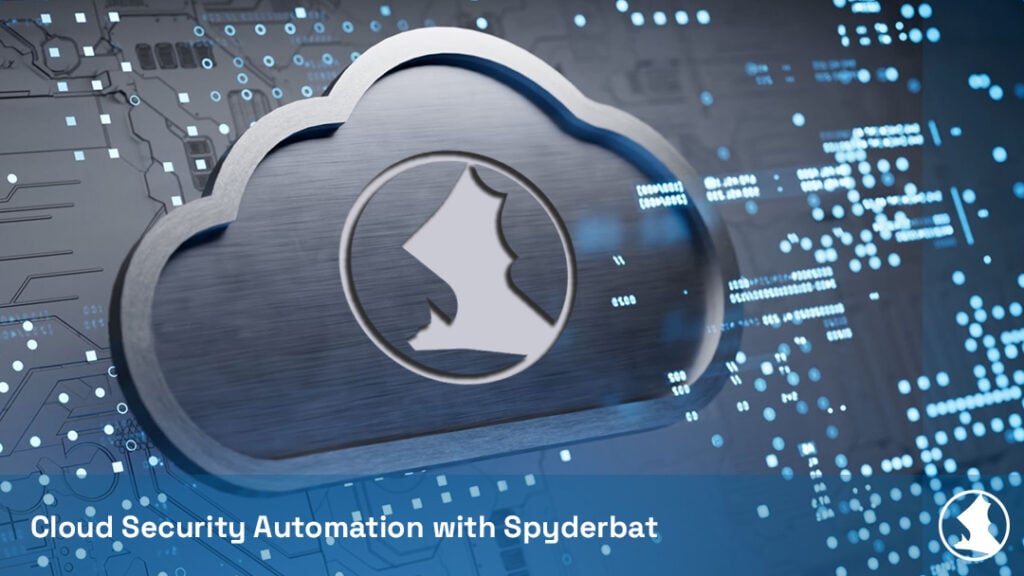
In the last three years, the global tally of cloud-native developers has increased 51% from 4.7 million in 2020 to 7.1 in Q4 of 2022. As organizations migrate from on-premises systems to hybrid cloud and cloud-native architectures, they churn out increasingly greater volumes of data – an average of two to three times each year-over-year – and manage a rapidly scaling number of applications and containers across clouds. This transition quickly outmodes existing systems management practices that rely on manual intervention by operations teams. In place of hands-on day-to-day operations tasks, organizations adapting to expanded cloud environments must develop capabilities for cloud security automation.
What is Cloud Security Automation?
Cloud security automation refers to practices and configurations for clouds and containers that convert repeatable security tasks into regularly occurring automated events. Automating cloud security comes in the form of both site reliability engineers (SREs) writing code for specific environments and the use of integration-as-a-service (IaaS) platform tools and controls.
Getting started, organizations have many options to choose from among potentially automatable tasks. While priorities vary by specific IT needs and practices, a few critical areas stand out for first steps.
1. Configuration
Container orchestration with Kubernetes has become a de facto standard for cloud-native development. Nevertheless, Kubernetes defaults to minimal security settings for new containers, with scanning and other runtime prerequisites optional through configuration. Configuring Kubernetes to automatically check container images against policy-as-code before every instance deployment radically reduces the introduction of exploitable vulnerabilities in live applications.
2. Infrastructure-as-Code (IaC)
Infrastructure-as-code (IaC) refers to the use of template formats to define environment and asset infrastructure as it’s created. Developing IaC helps security teams ensure consistent deployment standards and adjust infrastructure standards and policies holistically. Support for IaC templates is now built into most major cloud platforms such as Google Cloud Deployment Manager and AWS CloudFormation.
3. Asset Tagging
Cloud service platforms also commonly contain features for tagging assets such as live instances and user accounts with metadata. Tagged assets will then report defined suspicious activities and conditions. Security teams can use asset tagging to set automated responses for different kinds of threats. Such responses include changing network access controls, disabling or terminating containers, suspending user accounts, and logging forensic data from compromised assets.
4. Continuous Vulnerability Scanning
The capabilities of today’s vulnerability scanners for applications and networks reflect the global trend toward hybrid cloud and cloud-native adoption. These tools integrate with cloud service provider APIs to allow continuous scanning of live assets throughout distributed environments. Additionally, security teams can configure obligatory vulnerability scanning for container images and open-source dependencies before they go live.
Spyderbat and Automated Cloud-Native Runtime Security
The increasingly standard cloud security automation steps outlined above significantly reduce the labor burden of securing cloud environments. Nevertheless, each of these practices is essentially declarative and only configures safeguards and monitoring for known threat types.
Spyderbat takes the preemptive guesswork out of the equation altogether and employs eBPF technology to capture kernel-level runtime data as pathway traces of causally connected events. Drawing on an exhaustive record of both live and historical data, Spyderbat enables automated recognition of the most granular runtime deviations from known behaviors, freezing application drift before it starts.
To learn more about selecting the right cloud security, check out our Buyer's Guide!